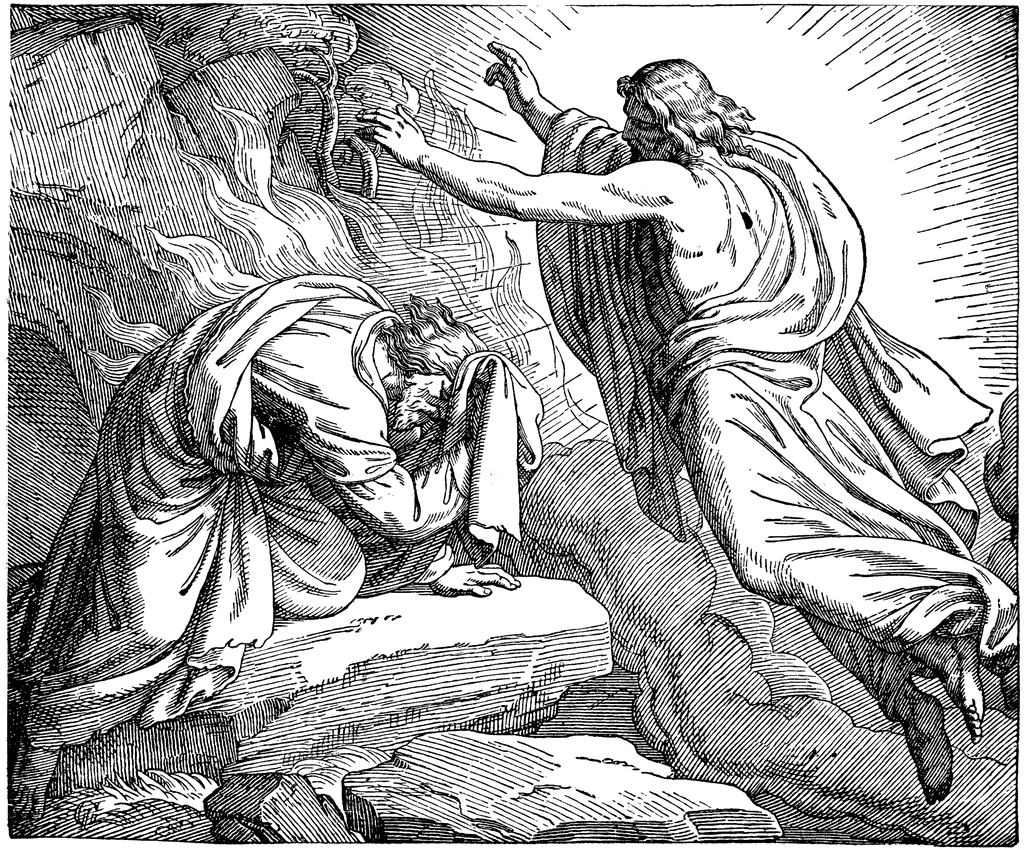Seven years ago, in the run-up to the Synod on the Family, there was a mild controversy over the Pope's decision to remove Latin from its place of honor as the official language of the meeting. By the time the synod convened the language issue had largely been overshadowed by . . . other things. Nevertheless, I don’t think the Latin question should be forgotten. I felt compelled to write the post below at the time, both because the Latin language is a particular interest of mine (as I explain in the article), but more importantly because the discussion of its place in the Church helps illustrate some important aspects of Catholicism. Now, with a rumored return to the bad old days of restricted opportunities to celebrate the Traditional Latin Mass (as I discuss here and here), it seems like a good time to rerun my old (slightly revised) post:
Lingua Latina Aeterna
Thus the Roman tongue is now first and foremost a sacred tongue, which resounds in the Sacred Liturgy, the halls of divinity, and the documents of the Apostolic See. In this same tongue you yourselves again and again address a sweet salutation to the Queen of Heaven, your Mother, and to your Father who reigns on high. This tongue is the key that unlocks for you the sources of history. Nearly all the Roman and Christian past preserved for us, in inscriptions, writings and books, with some exceptions of later centuries, wears the vesture of the Latin tongue. - His Holiness Pope Pius XII's Address to the Student Youth of Rome, January 30, 1949 
Passing the literary torch: Virgil and Dante Meeting
Homer, Horace, Ovid and Lucan by Nicola Consoni (c.1850)
Over the last couple of days I have been watching two gentlemen going back and forth in the comments section about the Pope’s decision not to use Latin as the official language of the Synod of Bishops. They both make some interesting points about the place and importance of the Latin language in the life of the Church. Their spirited discussion has got me thinking not just about the Latin language, but about some of the distinctive features of Catholicism . . .
[click HERE to continue reading this post on Spes in Domino]


